Readings throughout Lent often compare Adam and Jesus which helps us to see where we stand during this Lenten journey.
The Biblical narrative is a story of God untangling the knots of Adam. It’s a narrative of a remarkable rescue operation. Everything Jesus does unties the knots that Adam had previously tangled.
In fact, this is a significant way of looking at the entire Biblical narrative. The knots are fear, original sin, and death. The knots are broken relationships with God, others, and oneself. The knots bind, restrict, and enslave humanity. These knots become all the more tangled when humans try to untie them without divine assistance.
The life, death, and resurrection of Jesus fundamentally untied these knots. Now, we have a remarkable power called free will. This means we can freely choose to tie more knots or allow Christ to untie us. Hence, the season of Lent demands us to be conformed to Christ who unties the knots of our broken humanity.
Paul understands that Christ heals that which Adam muddled. Consider Paul’s words in the Letter to the Romans, “Through one man sin entered the world, and through sin, death” (Romans 5:12). Paul adds, “For just as through the disobedience of the one man the many were made sinners, so through the obedience of the one, the many will be made righteous” (Romans 5:19).
Adam grasps his fist for the forbidden fruit, and Jesus opens His hand as it’s pierced on the cross. Adam is disobedient while Jesus is obedient. Adam is prideful while Jesus is humble. Adam covers himself with fig leaves avoiding God the Father while Jesus is honest and transparent with the Father. Adam hides behind the trees while Jesus is crucified on a tree. Adam’s actions lead to sin and death while the steps of Jesus lead to grace and life.
The grasping of Adam’s hand reflects the position of a sinner. St. Augustine described the sinner as “incurvatus in se” which means caved inward on the self. Like a hand grasping for fruit, the sinner is restricted, enslaved, and oriented toward something less than God. Like Christ’s open hand on the Cross, the life of grace is one that constantly gives and is open for receiving. An open hand can give, receive, heal, assist, reconcile, restore, build, etc. while a grasping hand is rather limited.
Unlike Adam’s grasping motion, the life of Jesus is one of being given up and poured out for others. It’s not a life that seeks to primarily grasp power, wealth, honor, or pleasure. It’s not a life that grasps for the benefit of the self. Instead, the life of Christ is quite contrary to that of Adam.
We read in the Letter to the Philippians, “Though he was in the form of God, Jesus did not deem equality with God something to be grasped at” (Philippians 2:6). The life of Christ is one of humility, being lowly and down to earth as opposed to that of climbing, elevating oneself or grasping. The Letter to the Philippians continues, “He emptied himself and took the form of a slave” (Philippians 2:7). Again, what Adam pridefully tied through knots Jesus humbly untied through grace.
If we are honest with ourselves, we are a blend of Adam and Jesus. We have moments of being another Christ: sacrificial, humble, oriented toward the good of others, in line with God’s will, and being an instrument by which God unties knots.
Despite these remarkable moments, we also have glimpses of being another Adam: caved in on the self, oriented toward things that are not of God, overlooking the needs of others, protecting our egos, grasping and trying to control life with our own hands, and tying knots.
For example, in the morning we can start the day as another Christ only to find ourselves as another Adam by lunchtime. We can examine ourselves and return home from work as another Christ only to find ourselves as another Adam before bed. This is the life of human beings who have been washed clean of original sin in baptism but are still battling the lingering effects of disordered desires. We find ourselves still knotted up from time to time.
The good news is that Jesus walks the journey of Lent with us. His footprints are imprinted on this path. Lent is a journey not of being alone in the desert but rather with Him alongside us. He unties our knots, including every knot of temptation, sin, fear, and the like. He promised that He would be with us until the end of the age, which includes the season of Lent.
The choice is ours: to grasp and be another Adam or to hand our knotted lives over to Christ and be formed into a saint. Interestingly, those who grasp for the fruit get death and those who hand over their knots receive life.
Fr. Ben Daghir


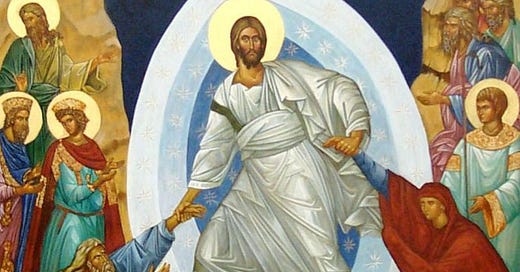


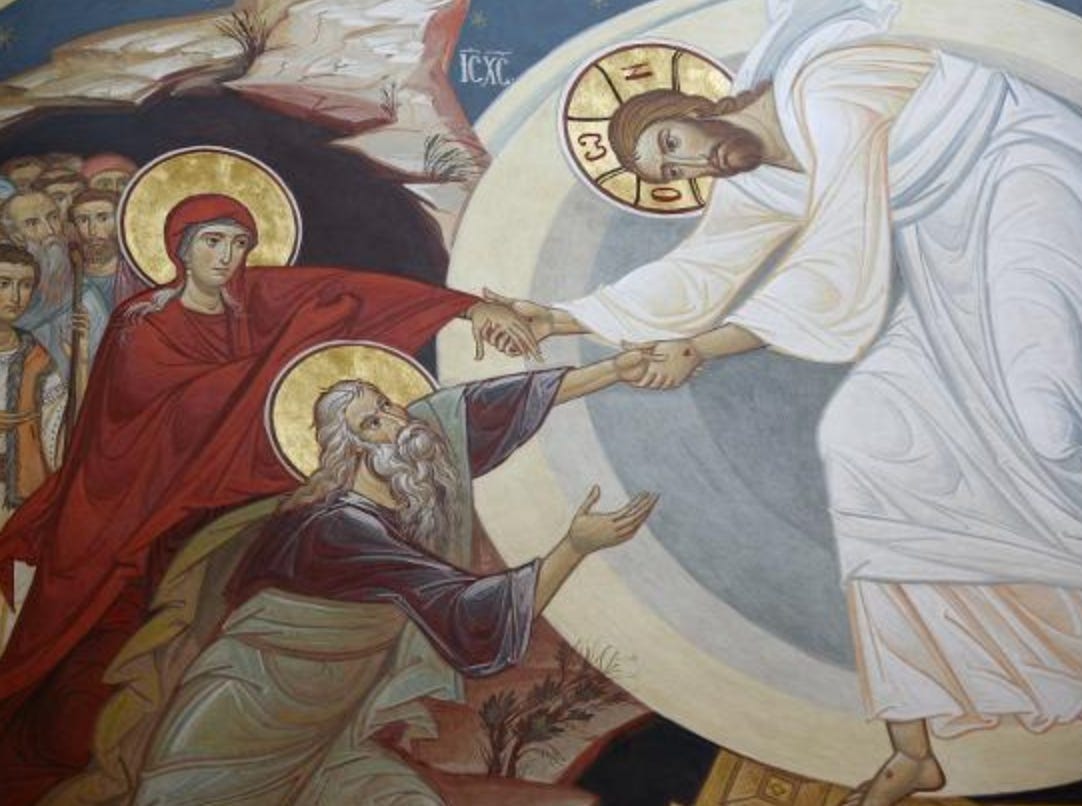


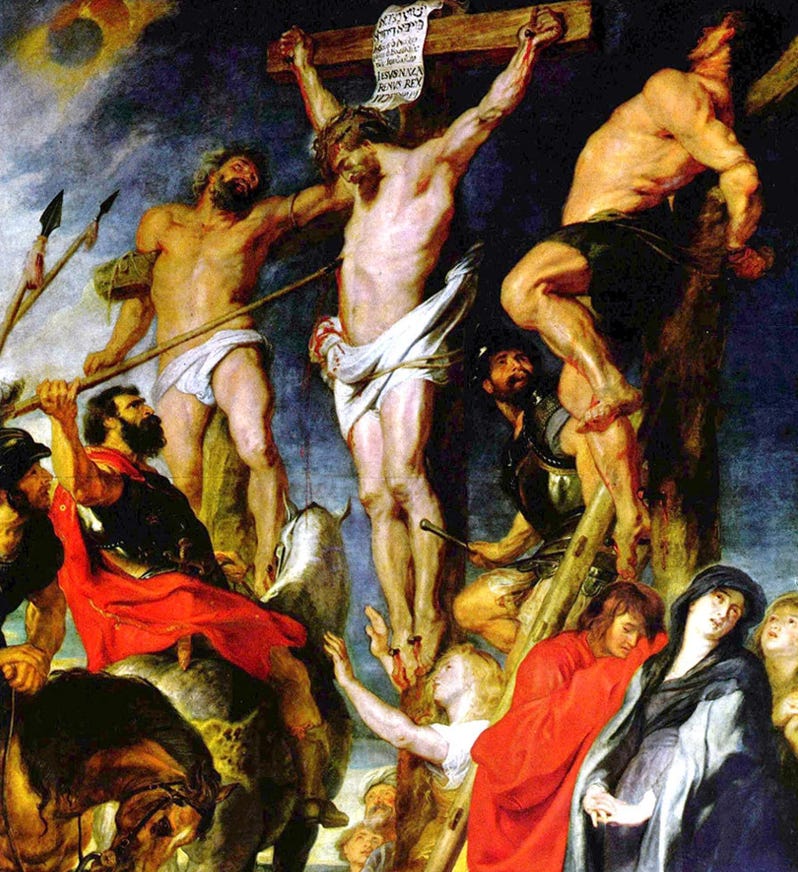
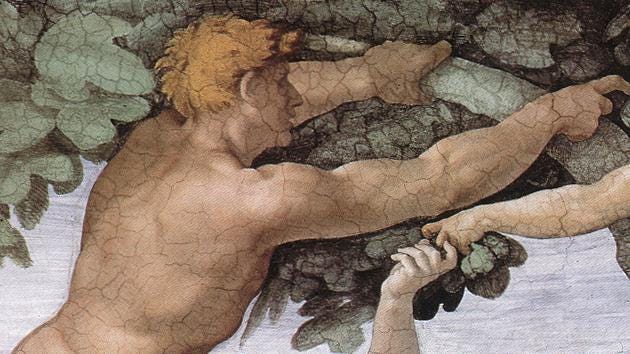




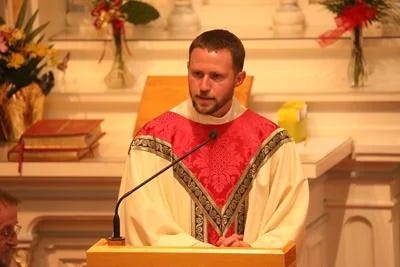
Comparing the idea of grasping v. receiving brought to mind Theology of the Body. Excellent article. Thank you!